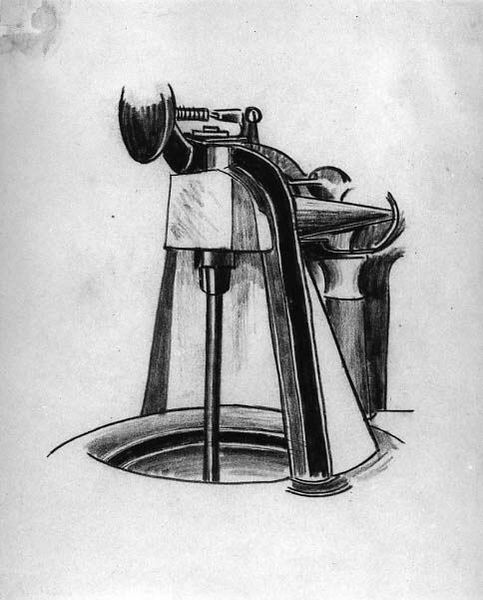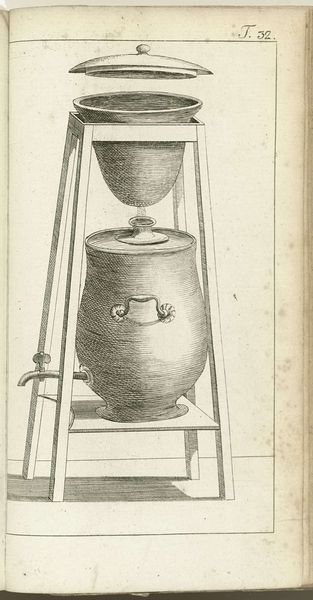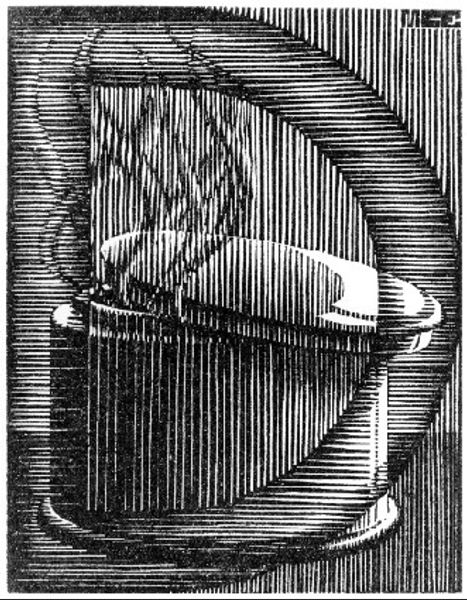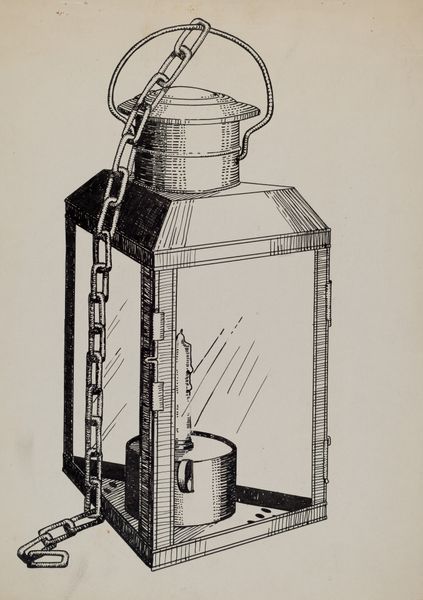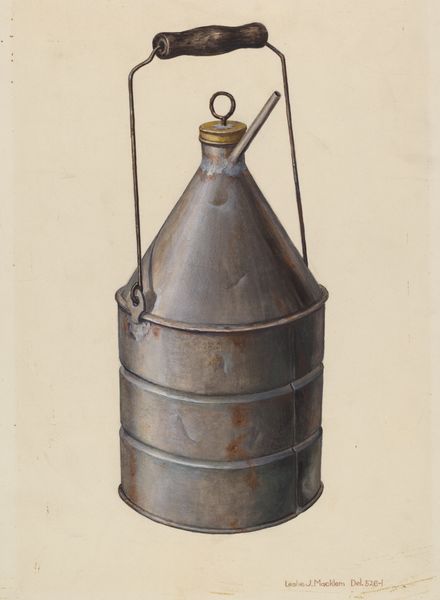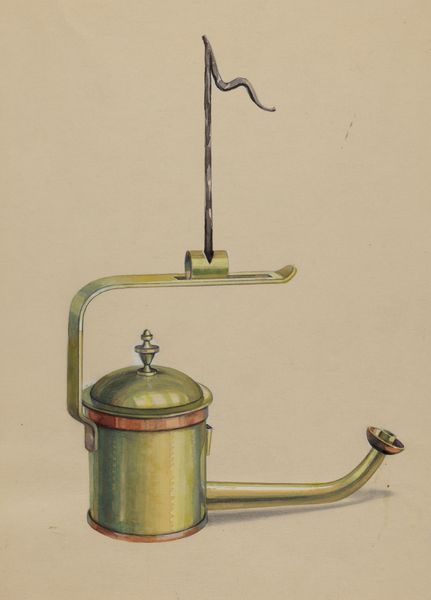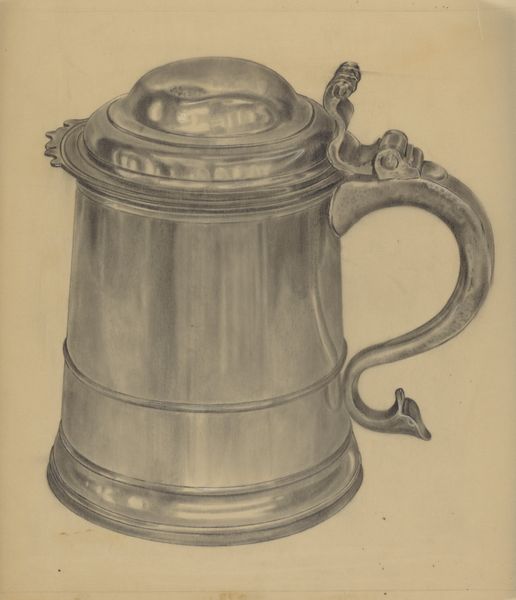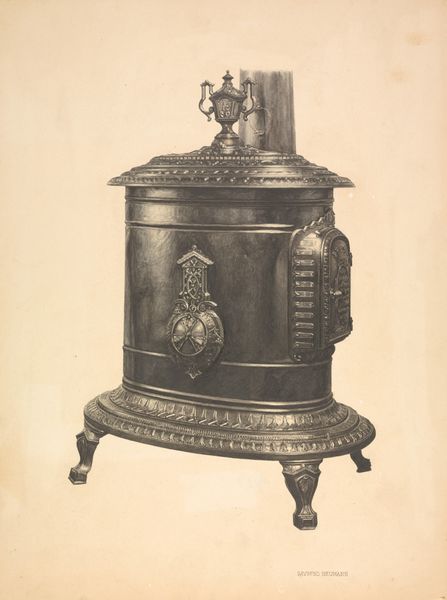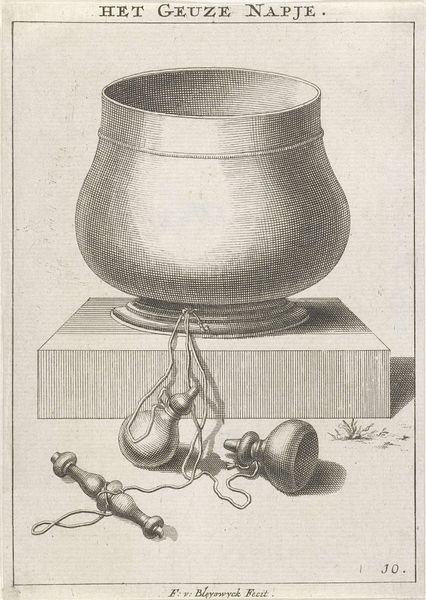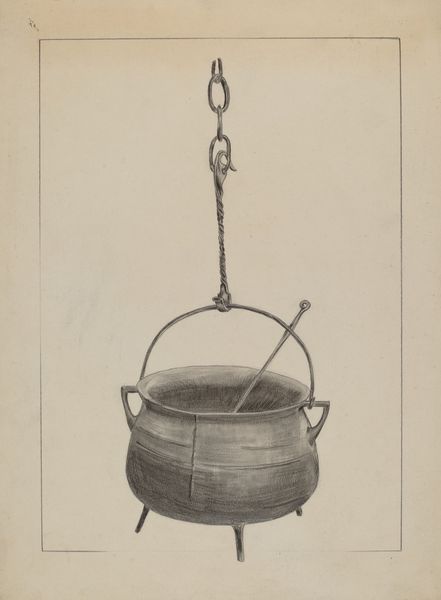
drawing, graphic-art, print, etching
#
drawing
#
graphic-art
#
baroque
# print
#
etching
Copyright: Public domain
Curator: This etching, by Giovanni Battista Piranesi, showcases vases and toiletries found in Pompeii. I find it striking how something so intimate and everyday can become an object of study. Editor: Immediately, I am struck by the almost clinical quality of the rendering. There is a distinct lack of human presence here; the stark depiction grants a sense of emptiness. What is emphasized to you? Curator: Well, the objects themselves. Think about what these items represent - beauty rituals. For millennia, civilizations have imbued self-care with symbol and status. The vases and spoons, even now, hint at complex social behaviors. Editor: True, but the manner of presentation is more sterile than Baroque usually leans. Pompeii was rediscovered in a very particular historical and cultural context. These artifacts become trophies, emblems of antiquity that reified colonial power, in effect. They are rendered as scientific records. Curator: Perhaps. However, Piranesi often used etching to monumentalize and elevate aspects of the ancient world. The chain on one of the vases, for instance. In its continuous loop, I see both fragility and endurance, connecting the past to our present understanding. Editor: The inclusion of scales is thought-provoking; not unlike specimens laid out for taxonomic evaluation. Were these images intended for public consumption, or to furnish an archive of spoils for an elite class of antiquarians? And the dramatic light isn't very functional either; a dramatic performance intended for a wealthy viewership? Curator: Good questions. Piranesi definitely caters to an audience invested in history. The baroque influence you noted serves an expressive end here. While they function, to be sure, these items offer windows into values we still grapple with today—the very human pursuit of adornment and refinement. Editor: Perhaps a meditation on our own vanity and how little the basic human needs and desire to be seen changed through two millennia... Still, I'm wary of how objects taken from the ruin also bolster contemporary claims. I appreciate Piranesi's artistry but believe its historicization is necessary to engage critically. Curator: I agree completely. Art, by its very existence in time, has layers that reveal changes and our present conditions. This discussion has opened a few for me today. Editor: Absolutely, and it reminds us how much of ourselves, and our moment in history, shapes what we see.
Comments
No comments
Be the first to comment and join the conversation on the ultimate creative platform.
